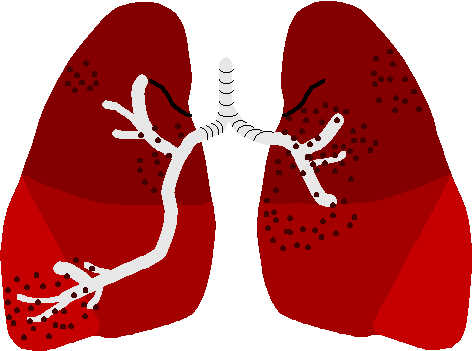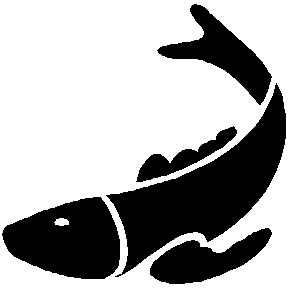My name is Ciara Curran, I am ten years old and I go to Portlaw N.S. This project is about air.
 I find that air is the most important
ingredient in my environment. If we do not have air we cannot survive. Now that
I am in fifth class, I deeply appreciate the importance of fresh air. Air
related problems seem to be on the increase especially asthma I used to go to
school in the city but I moved to the country. I find that I have been getting
out in the fresh air more since and feel far healthier for we are surrounded by
woodlands, mountains and rivers. It is vitally important that we appreciate and
protect our air.
I find that air is the most important
ingredient in my environment. If we do not have air we cannot survive. Now that
I am in fifth class, I deeply appreciate the importance of fresh air. Air
related problems seem to be on the increase especially asthma I used to go to
school in the city but I moved to the country. I find that I have been getting
out in the fresh air more since and feel far healthier for we are surrounded by
woodlands, mountains and rivers. It is vitally important that we appreciate and
protect our air.
The most important thing of all about air is that you must breathe it in order to live. Every part of your body must be supplied continually with air. You could live only three minutes without it.
 Inside your ribs are two LUNGS. They act rather like balloons, but the skin
is very wrinkled.
Inside your ribs are two LUNGS. They act rather like balloons, but the skin
is very wrinkled.
To breathe in, you expand your chest. The lungs, which are inside your chest, expand and fill with air. To breathe out you make your chest smaller. The lungs contract and empty out the air
Across the chest cavity, below the lungs, is a large muscle. To expand the chest you pull the muscle down and throw out the ribs. To contract it you do the opposite. The muscle is called the
DIAPHRAGM.The air which you breathe in enters the body through the nose. It is led down through a tube at the back of the nose and the mouth to the
WIND PIPE. This divides into two, one to each lung.In the nose are tiny hairs which hold back dust in the air. On this dust,
there may be disease germs. Also, the air is warmed before it reaches the lungs.
It is very important to breathe through the nose. From your lungs, air must
travel to all parts of your body. This is the work of your
nose. From your lungs, air must
travel to all parts of your body. This is the work of your
Blood collects air from your lungs. It takes it in wide blood vessels which divide and becomes smaller until it reaches every part of the body.
Used air is also collected. The blood vessels join up again until this air is
delivered back to the lungs for you to breathe out.
To do all this, you need a pump. This is your
HEART which must never stop working.
If you run a race, you need more air. You breathe harder and your heart beats faster.
All living things need air. They may obtain it in different ways.
AN INSECT :has tiny air tubes leading into its body.

A FROG : has lungs, but it also breathes through its skin and its tongue. These must be wet. That is why it jumps into the water at times.
A FISH:
lives in water, not in air. Water has some air dissolved in  it. The fish takes
water in through its mouth and sends it out through slits at the sides of his
head. The dissolved air is removed as it passes through. The slits are called GILLS.
it. The fish takes
water in through its mouth and sends it out through slits at the sides of his
head. The dissolved air is removed as it passes through. The slits are called GILLS.
Animals living in water all the time usually have gills. A tadpole has them. These disappear and lungs develop, when it changes into a frog. Then it can live on land.
Anything which is burning also needs air. This has been known for a great
many of years. It explains a large number of things which we do.
A poor fire is often broken with a poker. This allows air to get to the coal
easier. This fire burns brighter.
Instead , a DAMPER underneath the fire may be opened. This uncovers some holes to allow more air to reach the fire.
We can put out a fire by cutting off the air supply. A garden fire may be covered with soil. Sometimes, a special fire blanket is used to smother out of a fire. It must be made of something which does not burn, ASBESTOS.

When candles were used for lighting, they were often put out with a cone-shaped piece of metal called a SNUFFER.
Ciara Curran 5th class
Portlaw N.S 11 years old
Co.Waterford
